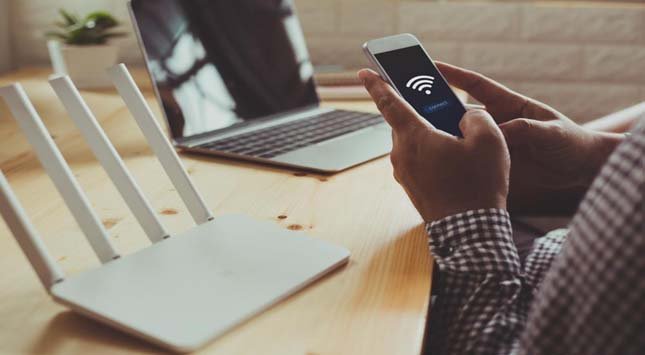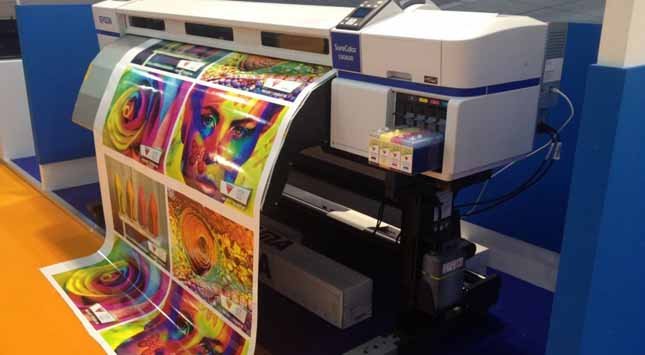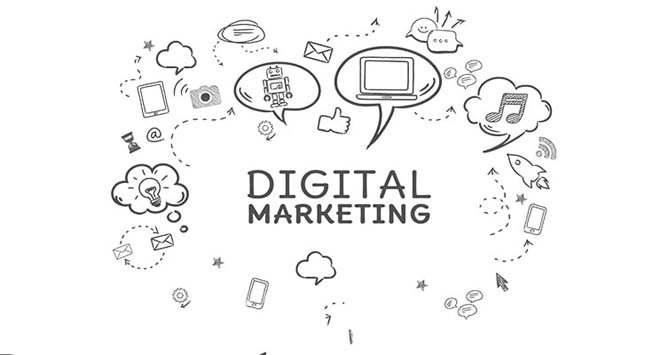A hospital is an institution that provides to its customers, who are the patients nursing care and surgical equipment. For any hospital to deliver its services to the maximum, it needs to enhance productivity. This means that fewer funds will be spent, but the hospital will have the viable ability to undertake much.
For hospitals to survive and provide top-notch health care services, they need to adopt the viable ability. With no precedence of quality care and efficiency, it will be impossible for any hospital to survive in the current peer competition. As you scroll down, you will learn seven ways to help improve productivity in your medical institutions.
1. Waiting Time Communication and Queue Management
First, it is essential to understand that most patients in hospitals are in critical conditions and may not wait for form queues. As a result, it will be better if every hospital introduces a digital queue management system. The system will help patients connect with the right health experts according to their areas of interest and the purpose of their visits. Before being allowed into the healthcare facility, a patient should make the booking online.
The hospital digital queue system comes with several benefits, including the provision of transparency, showing patients’ progress on the queue, perception, and expectation improvement of patients as they queue. If a patient is not available in the waiting area, maybe due to social distancing, you receive an SMS notification to alert you on progress.
2. Wayfinding
It is clear and concise that not all patients are familiar with certain hospitals and their departments. Often, such patients will have challenges locating doctors, staff, and different departments. There are many time-sensitive events considered when building hospitals: meetings, training, briefings, operations, and appointments. The lateness of one individual, for instance, will negatively impact the entire team.
Therefore, a solution needs to be found to trace each other within the hospital premises. The invention of Wayfinding solutions has made these a success. You can research any hospital through the zoom or pan platforms.
3. Digital Signage for Healthcare
Digital signage for hospitals is vital in enhancing efficacy, ensuring a solid rapport and communication between the hospital staff and patients. Through digital signage, critical information has been communicated easily and more effectively. For instance, this is a period of COVID-19 where Covid news and protocols need to be communicated to the public. Through this software, communication has not only been made easy but more secure. The information has also been output to screens in the form of texts, images, and videos. Creating content has been streamlined via brand-compliant templates, pre-approved, and a more secure way of approval.
Besides being used to provide information, digital signage also entertains patients awaiting service. This software is often used to pass information to the hospital staff with no specific place-based and keep moving around the hospital to issue services.
4. Patient Check-in
The process of arriving in the hospital and how patients move in and out of the hospital is facilitated by the patient check-in system. This system is crucial in eliminating traffic within the hospital and its premises.
Through this system, patients can register for services independently, offer multilingual capability, and valuable information regarding how long they need to wait. The wheelchair usage has not only been enhanced but also made more comfortable because of the accessibility feature.
5. Contractor Sign-in
The contractor sign-in tool ensures that before any task commences, the contractor must sign in as proof of presence. It also provides relevant information about the contractors’ credentials and induction to ascertain that the contractors are licensed, certified, and accredited to offer their services. The following tools are also crucial to the Work Health and Safety Managers:
- Live evacuation reports
- Photo capture
- The on-site reportable auditing for contractors
- Time in attendance tracking tools
6. Patient Journey Boards
The patient journey board is a type of touch screen mounted on the walls of hospitals. They are crucial in ensuring every patient’s information within the hospital is well managed. The patients’ real-time information is keenly analyzed, updated, and reviewed according to the requirements through this tool. Also, every clinical stage the patient passes through is included in the clinical pathway module.
7. LED Signage
The outward-facing communication or external applications find this too integral. Several factors make it worthwhile: it offers quality light illumination, outdoor ruggedness, and it’s easily customized when it comes to curvature, shape, and dimension. They are used within the hospital both outdoor and indoors, however, it is configured facing out.
This tool is used in the hospital to show opening, closing, visiting hours, parking information, welcome texts, branding, and identification. In conclusion, it is integral to embrace and put the following seven tools to ensure productivity within our nursing and hospital premises are enhanced.






